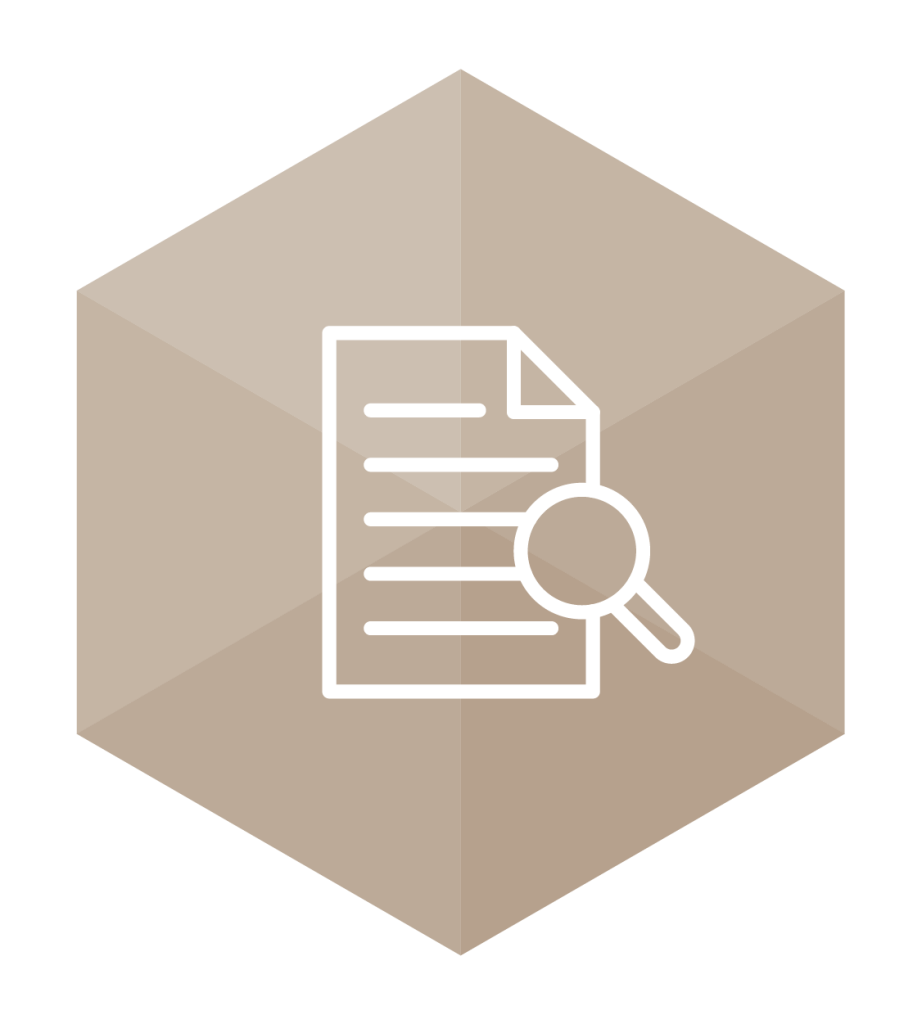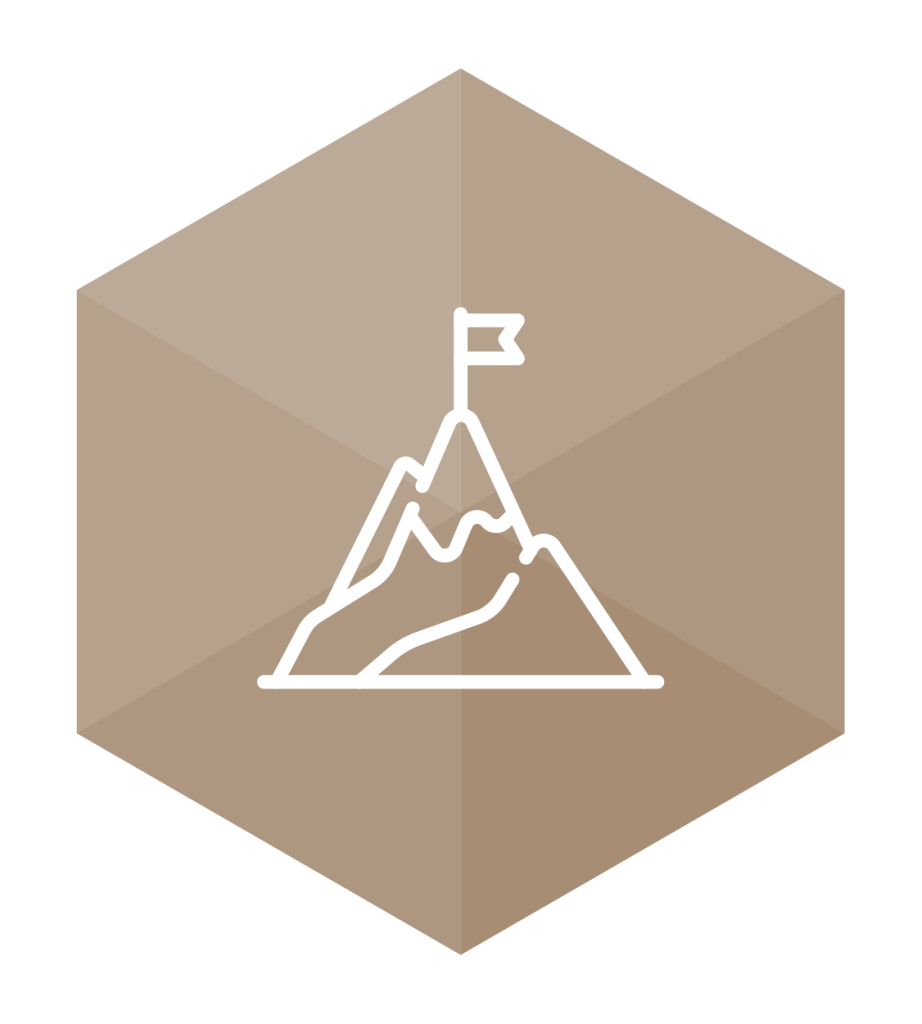
Digital Asset Management (DAM) is a category of software that enables the creation, management, and distribution of media files such as graphics, videos, and documents for marketing and sales purposes. DAM provides benefits such as delivering media files in the right format for different communication channels, ensuring brand communication and reuse of existing material, streamlining collaboration between internal and external stakeholders, and complying with legal requirements.
DAM stands for Digital Asset Management and is an enterprise-wide discipline.
It simplifies and speeds up the delivery of media files such as graphics and videos in the right formats and resolutions for different communication channels.
DAM systems help organizations create, manage, and distribute media files such as graphics, videos, and documents.
Our team has successfully and sustainably rolled out and trained DAM systems in over 70 countries worldwide. We create a customized concept for your company and guide you through the entire DAM rollout.
Benefits of Digital Asset Management
Each communication channel has its own requirements for media files. For example, the website requires completely different formats, resolutions and file types than your print catalog. And even though the various online marketplaces such as Amazon, Google Shopping and eBay are all online sales channels, each marketplace sets its own conditions. In most companies, that means heavy workload for the internal graphics department or high costs for an external agency.
DAM systems create immense cost and efficiency benefits, as any number of formats, resolutions, and file types can be automatically generated as derivatives from the original image and routed to the appropriate channels. DAM systems therefore offer the possibility of seamless connection via interfaces, for example, to systems from the marketing technologies stack (e.g. CMS, PIM).
DAM systems support companies by providing a central "single point of truth" for media files. Local file repositories and the multiple storage of assets in the respective communication channels give way to central asset management in the DAM system. If, for example, a logo is updated here, it is automatically implemented in all connected communication channels (e.g. website, online store, marketplaces) just a few seconds later.
Companies that work intensively with external agencies in their media processes benefit from a holistic digital asset management approach within the company. Media files are no longer managed externally in agency systems, but exclusively in the company's own DAM system. This can significantly reduce dependency on agencies and also significantly reduce the risks of changing agencies.
DAM systems create a complete overview of the available material. This allows marketers to quickly and clearly select existing images, videos, or other creative content and enter it into the adaptation process. Existing assets are given new life without putting too much strain on the marketing budget.
A single asset usually goes through many individual steps in the media process (e.g. photo shoot, image editing, tagging) and is used by different people in the creative process. Photographers, graphic designers, brand managers and external agencies are among the most important stakeholders. Where previously file sharing took place via email, Sharepoint and Dropbox, a DAM system offers collaboration on assets with multi-layered access and editing rights. Comments and editing requests can thus be placed directly on the asset in real time. Feedback and correction loops are drastically reduced, and asset production is faster and more budget-friendly.
Another important advantage is that the unauthorized use of asset material in individual communication channels can finally be secured. Purchased asset material in particular, such as stock photos, is usually subject to strict licensing conditions. DAM helps prevent unauthorized use by incorporating a digital rights management component that also involves legal and compliance teams and clearly regulates asset use.
The high effort and costs for media files should ideally also be reflected in concrete benefits in marketing communication. But what happens if assets that have been expensively produced or purchased are ultimately not used at all? The costs for licensing rights for photos, but also the high demand for storage space must ultimately be controlled regularly in order to keep the marketing budget under control.
DAM systems therefore offer metrics and dashboards that provide information about the use, adaptation and rejection of assets. This gives budget managers deep insight into how assets are actually being used and allows them to take action to conserve resources when needed.
Your way to Digital Asset Management

Status-quo analysis of your media processes
We analyze your entire media process, examining the systems, processes and participating stakeholders involved. Weaknesses and potential for improvement in the creation, management and expiry of assets are revealed and relevant fields of action and measures are formulated.

Requirements gathering for digital asset management
Get an overview of your unique digital asset management needs. During requirements engineering, we consider not only functional requirements for the new DAM system, but also process-related, organizational, and strategic criteria.
We document all requirements and user stories so that a DAM software can be selected in the next step.

100% independent and neutral selection of your new DAM system
We are 100% independent of software vendors and integrators. This allows us to provide an unbiased perspective on DAM software. During the software selection process, we assist you in gathering requirements, creating longlists and shortlists of suitable vendors, as well as vendor presentations and subsequent price and contract negotiations.

Implementation and introduction of the DAM system
With our experienced team of DAM consultants and certified project managers, we fill your internal capacity and competency gaps, contributing to a successful DAM implementation. As the intermediary between your team, the software vendor, and the integrator, we represent your company’s best interests and protect you from costly detours and mistakes during the implementation.

International roll-out and training of the DAM system
Media processes are never just located locally at the headquarters, but are also used internationally at other company subsidiaries. Scaling the benefits of a DAM requires am integration of subsidiaries and international teams in the system. For example, assets can be created and deployed centrally by headquarters, while country organizations only need to perform key customizations and localizations, saving resources and budget.

Lisa Limbach
Head of Sales
Are you facing challenges with your media files? Are there a lot of duplicates and errors that you have to fix manually?
30 minutes - time well spent on solutions!
Let's talk now and arrange your first non-binding and free appointment with me:
No desired date listed? - Send me an e-mail [email protected]to find a common time slot at short notice.
Frequently Asked Questions
Digital Asset Management (DAM) refers to the organization, management, and delivery of graphics, videos, documents, and other media content for marketing and sales purposes. DAM systems help to efficiently manage and distribute media content across multiple communication channels.
A good DAM system offers a variety of useful features, including metadata management, versioning, automatic file conversion, search capabilities, asset approval and sharing workflows, access control, and integration with other applications and systems, such as content management systems (CMS) or product information management systems (PIM).
By centrally storing and managing digital assets, DAM enables efficient reuse of media across channels and campaigns. This saves time and resources by eliminating the need for teams to search for the right media each time. In addition, DAM ensures the consistency of assets used and makes it easier to update content, leading to an overall scaling of marketing activities.
No, digital asset management is for businesses of all sizes. Small businesses and midsize companies alike can benefit from the efficient organization and availability of their digital assets. With the growing volume of digital media in the enterprise, DAM is an essential tool for maximizing the value and impact of these assets.
A DAM system provides access control, security options and detailed logging to ensure that only authorized individuals have access to specific assets. This helps organizations meet compliance requirements such as privacy and copyright. Centralized asset management can also ensure that outdated or unauthorized files are not used.
Our experienced team will design a customized approach for your organization and guide you through the entire implementation process. We provide comprehensive training and support to ensure a successful and sustainable DAM implementation for your organization.
If you have any further questions or need help with Digital Asset Management, please feel free to contact us.
